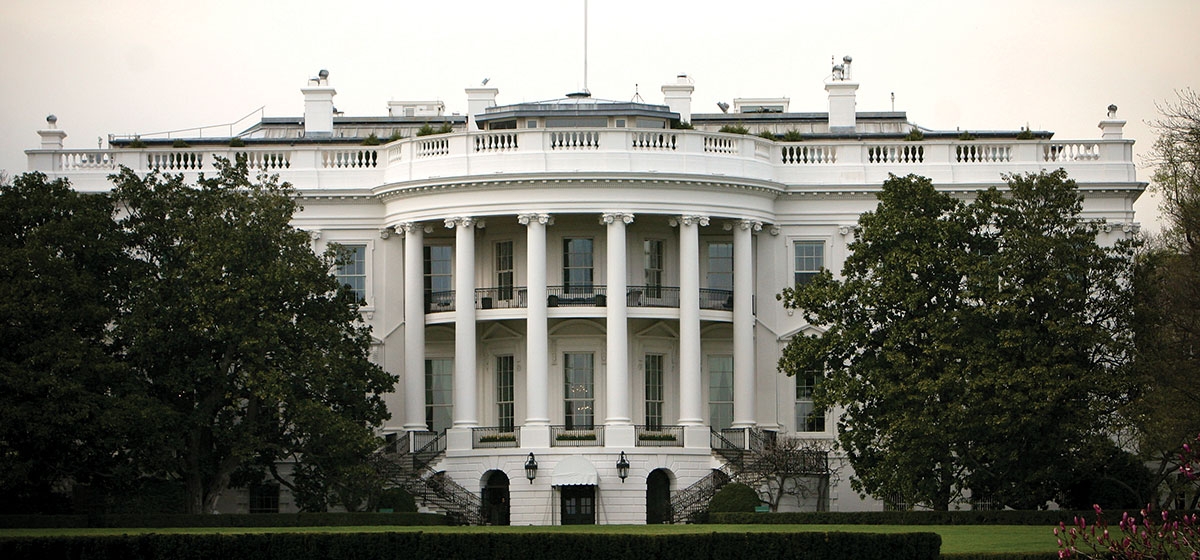Anatomy of a Tar Baby

Move over, David McCollough and make room for Ken Gormley, another native son who brings honor to Pittsburgh as a narrative historian of the highest order. Gormley, the new dean of Duquesne University’s law school, clearly shares McCullough’s belief that “history is the story of people,” and manages to transform one of the more shameful episodes in American politics into a riveting tale of human fallibility.
“The Death of American Virtue: Clinton vs. Starr” relates the saga of the 445-page Starr Report to Congress on the investigation into alleged abuses by Bill Clinton, that led to the president’s impeachment in December 1998.
Just as in “Jurassic Park,” the popular disaster film of the Virtue: Clinton vs. Starr same era, it all started with oohs and aahs and ended with runby Ken Gormley ning and screaming. In this case, the oohs and aaahs were over Crown ($35.) a beautiful parcel of real estate in rural Arkansas known as Whitewater, in which Hillary and Bill Clinton (then the state’s attorney general) invested in 1978, at the suggestion of their charismatic, bipolar friend, Jim McDougal, and his wife Susan. When interest rates rose, the McDougals scrambled to cover their losses through a series of shady bank loans that culminated in an effort to defraud the federal government, casting suspicion on their co-investors. “Eeews” and “aaws” followed when the investigation broadened to include a sexual-harassment suit initiated by Paula Jones, a former Arkansas state employee claiming intimate knowledge of “distinguishing characteristics” of Governor Clinton’s private parts. The real hysteria came when the soft-core Starr Report, including graphic descriptions of< President Clinton’s physical contact with White House intern Monica Lewinsky, exploded on the Internet, sending readers around the world running for cover amid cries of “T.M.I.!” When it was all over, the project had consumed seven years and 52 million taxpayer dollars, and forever shattered illusions of bipartisan patriotism.
In one corner were supporters of the Democratic president, a.k.a. Slick Willie, whose liberal policies, personal magnetism, and reputation as a ladies’ man infuriated conservatives who branded him a “queer-mongering, whore-happening adulterer; a baby-killing, draft-dodging, dope-tolerating, lying, two-faced, treasonist activist.” In the other corner, “the Hezbollah branch of the Republican party” backed squeaky-clean Kenneth Starr, a former solicitor general and Federal Court of Appeals judge with a sterling reputation, who was on a steady track to the Supreme Court when appointed independent counsel to investigate allegations of presidential wrongdoing. The ensuing battle of wits and wills was characterized by mud-slinging from both sides, as well as appalling and often illegal media leaks that fed the sensational appetites created by bloggers and 24-hour cable news services.
Gormley sorts through the whole sordid mess with a level-headed, evenhanded manner that was sorely lacking in the original investigation. He takes care to depict Clinton and Starr as intellectual equals, “born of the same place and time in history.” Readers, however, will likely find that lustful Clinton’s peccadilloes make him more sympathetic and (as the cover art cleverly illustrates) frankly more colorful than straight-arrow Starr, whose only sin was that of pride. When that pride was stung by criticism from extremists suggesting timidity and ineffectiveness, Starr—ever a perfectionist— overcompensated, utilizing every extraordinary measure available to him as independent counsel to support the charges of perjury and obstruction of justice leveled at the president. In effect, he did his job to death, only to find, to his horror, that he was widely perceived as a prurient tool of the Republican party— and out of the running for Supreme Court justice. (In a similar irony, Clinton himself renewed the independent counsel statute, praising it as a “foundation stone for the trust between the government and [its] citizens,” only to watch helplessly as it devolved into a weapon of partisan vengeance that nearly crushed him.)
The author’s astute analysis presents these historic histrionics in the context of a continuum that began with Watergate and extends to the political polarization currently plaguing Congress. His conclusions are based upon extensive research and exhaustive interviews including lawyers, legislators, judges and jurors, who were previously bound to silence. He also reveals a number of significant issues related to the case, of which the distracted public was largely unaware, including the combined efforts of Presidents Ford and Carter to prevent impeachment; the secret agenda of the FBI; the aborted drive to indict Hillary Clinton; and most ominously, the growing threat of terrorism on American soil. Gormley’s text is not only scholarly, but also exceptionally literary. It contains scenes of such clarity and immediacy that readers will find themselves caught up in narrative tension worthy of a major novel: The pitiful, lonely prison death of delusional Jim McDougal; the Judas air kiss of wiretapper Linda Tripp in a Pentagon City shopping mall when betraying her “friend” to the FBI; the cringe-worthy moment when Lewinsky’s elderly grandmother, watching the nightly news from her hospital bed, turns to her son and asks, “Vat is oral sex?” Furthermore, the book’s construction suggests an allegory of Biblical proportions: teeming with lawyers and Pharisees, full of professions of piety, and sprinkled with allusions to the “better angels of American politics,” “unholy alliances,” “God-awful situations” and the designs of the Almighty in the natural beauty of Whitewater.
The author stops short of drawing overt parallels between “Zippergate” and the story of David and Bathsheba, but the similarities are clear. David—of sling and psalms fame—was, like Clinton, a golden boy celebrated for his eloquence. As King David, his adulterous affair with voluptuous Bathsheba threw Israel into political turmoil and nearly cost him his crown before repenting his sin (or, in Clintonspeak, acknowledging a “critical lapse in judgment”) at the eleventh hour. Indeed, Biblical notions of sin and its counterpart are integral to the story, belying the book’s rather melodramatic title. Starr’s investigation produced many casualties, but the concept of “American virtue” remains very much alive. Although many characters behave as if nothing were sacred, an important few cling to a code of honor, however subjective, with a tenacity that is awesome to behold. Kenneth Starr marches into the valley of his political doom with the firm belief that the right thing to do is the best job one can do. Hillary Rodham Clinton stands by her philandering husband, refusing either to condemn or explain his behavior.
Vice President Al Gore jettisons his own chance at the presidency by publicly supporting Clinton in his time of need. Susan McDougal remains proudly defiant and steadfastly silent, enduring 22 months in some of the nation’s toughest women’s prisons rather than be coerced into issuing false statements. The selfstyled congressional “band of brothers” who seek to crucify Clinton never say die, even when Clinton is found not guilty of criminal conduct and has taken his lumps; they insist that theirs is a noble mission. Bravest—and most pathetic—of all is Bill Clinton, who crafted his own unique definition of “sexual relations” that allowed him to indulge his compulsions while remaining faithful to his marriage vows, and who suffered unprecedented public humiliation rather than concede to bullies or abandon his post at the helm of state. Perhaps Monica Lewinsky, the thong-flashing intern, put it best when she sighed, “We all make our own standards.”





